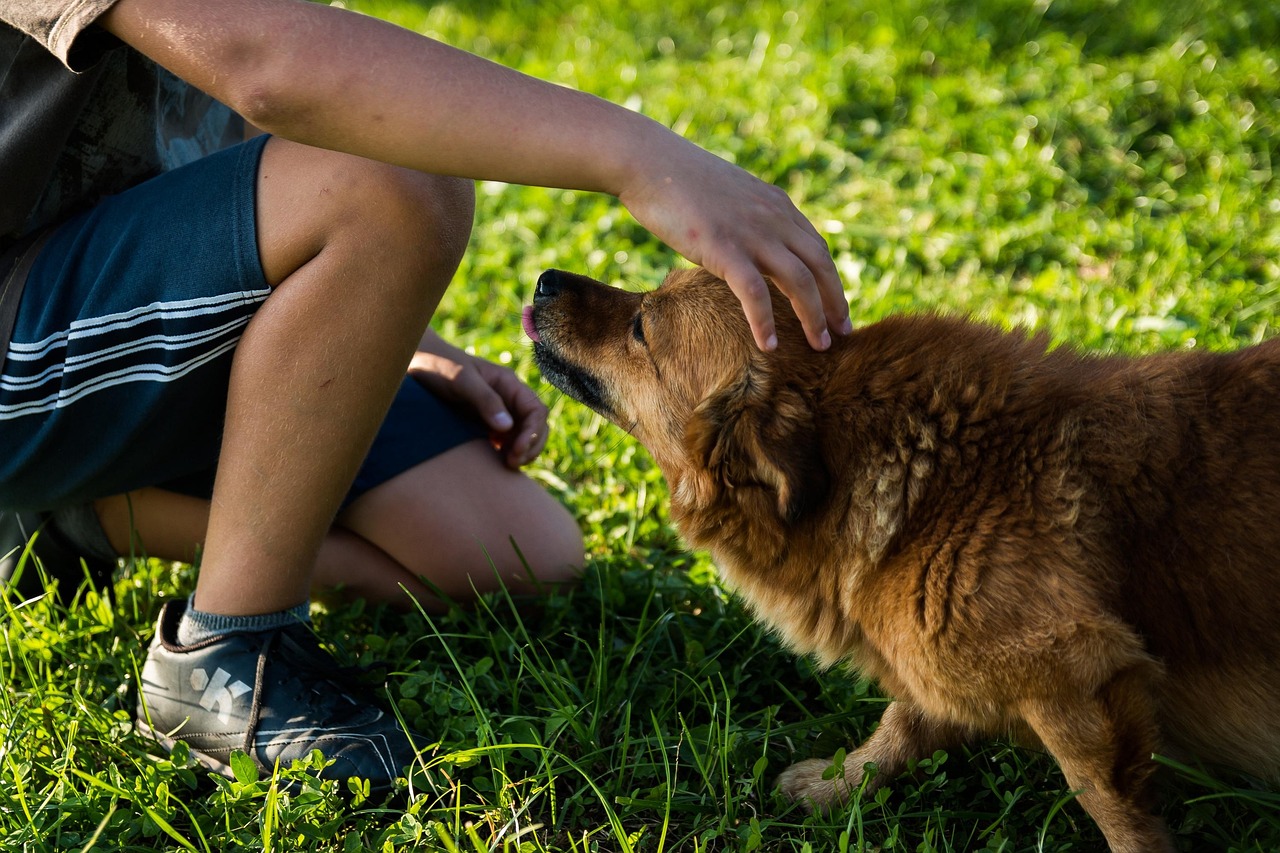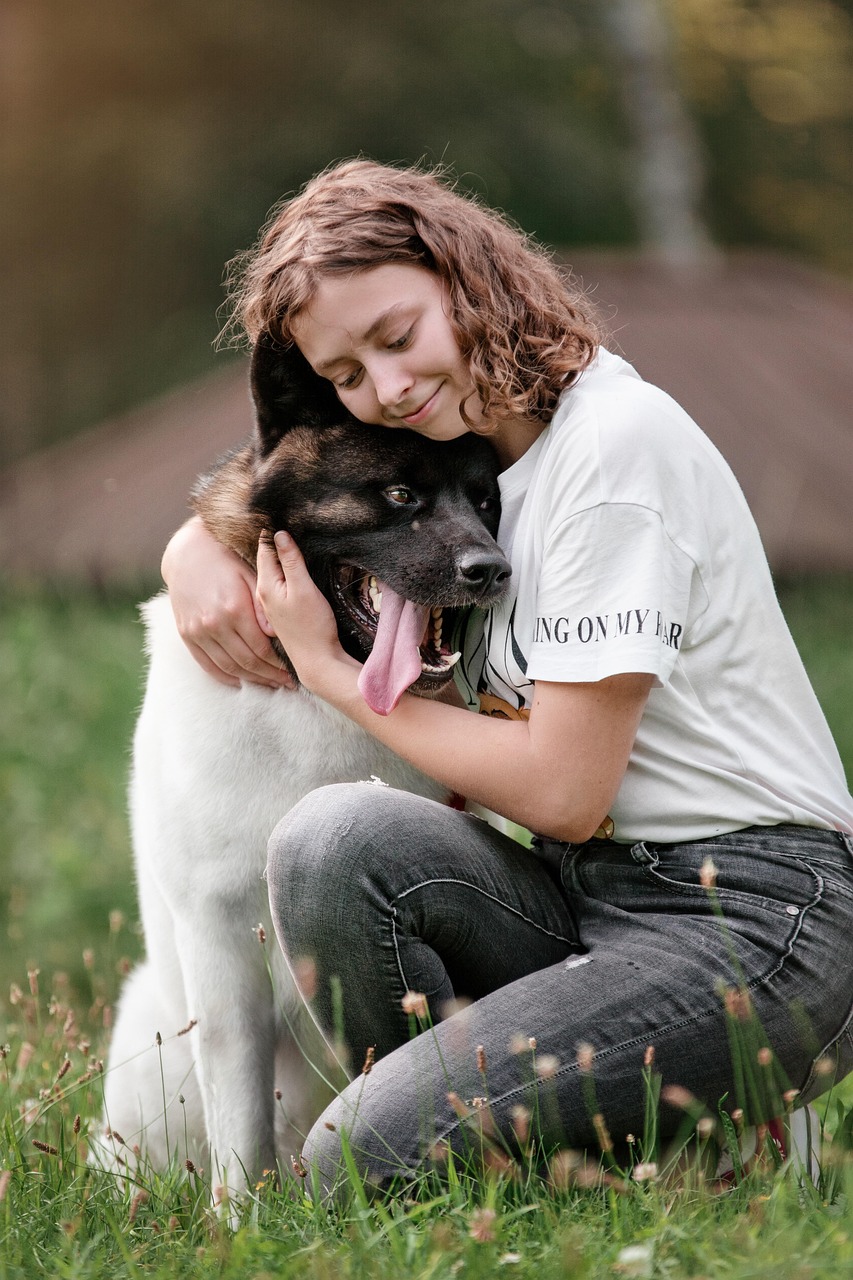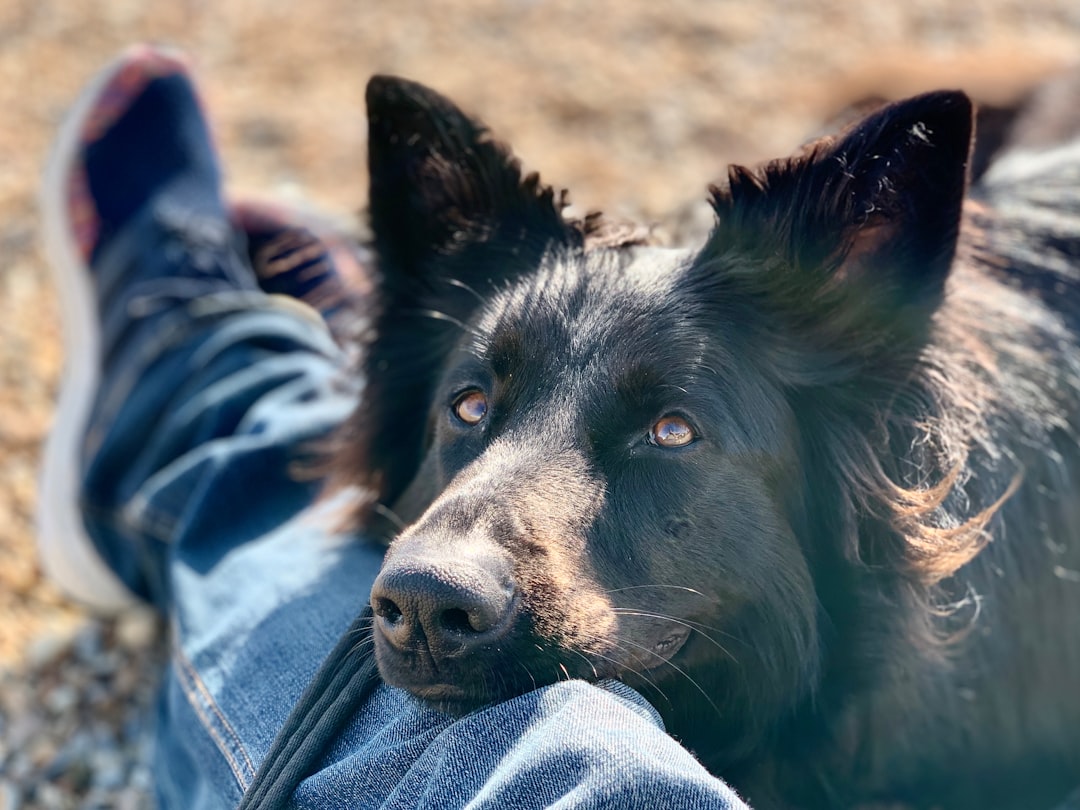Picture this: you’ve had one of those days that feels like running through an obstacle course in slow motion. Your shoulders carry the weight of endless deadlines, and your mind races faster than a hamster on a wheel. Then you walk through your front door, and there’s your dog, tail wagging with pure, unfiltered joy at your return. Within moments, something shifts inside you. The tension melts away, your breathing deepens, and suddenly the world doesn’t feel quite so heavy.
This isn’t just your imagination or wishful thinking. Science has uncovered something remarkable happening in your brain during these precious moments with your canine companion. The love between humans and dogs triggers a cascade of neurological changes that literally rewire our minds for tranquility, creating pathways to peace that extend far beyond those initial moments of reunion.
The Oxytocin Revolution: When Eyes Meet Hearts

The magical moment when you lock eyes with your dog sets off an extraordinary chain reaction in both your brains. Research reveals that mutual gazing increased oxytocin levels, and sniffing oxytocin increased gazing in dogs, an effect that transferred to their owners. This isn’t just casual affection we’re talking about here.
Those loving looks cause both dog and human brains to secrete the hormone oxytocin, which has previously been linked to strengthening emotional bonds between mothers and babies and between other mammal pairs. Think about that for a moment. Your dog’s gaze activates the same maternal bonding system that connects mothers to their children.
This creates an oxytocin feedback loop, in which dogs’ gazing behavior caused their owners’ brains to secrete more oxytocin, which led those owners to interact more with their dogs, which in turn facilitated more oxytocin secretion in the dogs’ brains. It’s like having a biological happiness amplifier that grows stronger with every loving glance exchanged between you and your four-legged friend.
Brain Waves of Serenity: The EEG Evidence

Recent groundbreaking research published in 2023 shows that spending quality time with dogs reduces stress and increases the power of brain waves associated with relaxation and concentration, with specific dog activities activating stronger relaxation, emotional stability, attention, concentration, and creativity by facilitating increased brain activity.
The alpha power spectra indicated that the brain’s relaxation and resting state significantly increased when playing with and walking a dog. Playing and walking with a dog increased the strength of the alpha-band oscillations, which generally indicate stability and relaxation. Alpha wave activity has been linked with improved memory and reduced mental stress.
Grooming, playing and gently massaging the dog was linked with strengthened beta-band oscillation, which is associated with heightened attention and concentration. Your brain literally shifts into a more focused, peaceful state when you’re engaging with your canine companion. It’s as if your dog becomes a living meditation teacher, guiding your mind into states of calm awareness.
The Stress-Melting Magic of Canine Contact

The stress-attenuating effects of oxytocin in humans, specifically on the amygdala and the HPA axis, present a biological pathway in which human-dog interactions may moderate stress reactivity to produce positive health outcomes. Its release is also associated with various other physiological, psychological, and behavioral effects including positive cardiovascular outcomes such as decreased blood pressure, reduced stress reactivity via inhibition of the hypothalamic-pituitary-adrenal (HPA) axis, decreased inflammation, increased trust, and reduced fear.
Studies consistently show that participants showed significantly lower stress moods in all activities with dogs, and reported feeling significantly less fatigued, depressed, and stressed after all dog-related activities. The beauty lies in the simplicity: just being with your dog actively counteracts the biological mechanisms of stress.
Research with children demonstrates that dog interventions lead to significantly lower stress in children with and without special educational needs compared to their peers in relaxation or no treatment control groups. In neurotypical children, those in the dog interventions showed no baseline stress level increases over the school term. In addition, acute cortisol levels evidenced significant stress reduction following the interventions. The anti-stress power of dogs works across age groups, creating measurable changes in our body’s stress hormones.
Neuroplasticity: How Dogs Rewire Your Mind for Good

Studies have shown that regular interaction with dogs can enhance neuroplasticity – the brain’s ability to reorganize and form new neural connections. This means your dog isn’t just providing temporary relief from stress; they’re literally helping your brain build new pathways toward calmness.
What research confirms is that the brain changes and adapts in response to many types of experience throughout the lifespan, and neuroplastic changes continue to occur in the human brain throughout life. Your relationship with your dog becomes a form of ongoing brain training that strengthens your capacity for peace.
Neuroplasticity refers to the brain’s ability to form and reorganize neural connections. These new or reorganized connections occur in response to experiences, particularly those that are repeated and/or occurring in association with a strong emotional response. For most species, the brain experiences its highest level of neuroplasticity during critical early development periods. However, neuroplasticity persists through adulthood. Every moment of joy with your dog is literally reshaping your neural landscape.
The Maternal Brain Connection: Love Beyond Species

Brain imaging studies observed increased amygdala activity in response to participants viewing photographs of their own dog. Similar brain activation was observed when participants viewed images of their own child but not when viewing an unfamiliar dog or child. This suggests human-dog bond formation uses similar brain networks to maternal bonding and provides evidence for an oxytocin-mediated role of the amygdala in the association between human-dog interactions and health.
Functional magnetic resonance imaging studies show that the presentation of both human and dog family members’ faces activated the same brain region. Interestingly, these brain areas are known to interact with the OT system. Furthermore, a more recent study also confirmed the activation of a common network of brain regions involved in emotion, reward, affiliation, and social cognition both when mothers viewed images of their child and their dog.
This remarkable finding reveals something profound: your brain doesn’t distinguish between the love you feel for family members and the love you feel for your dog. The same neural circuits that evolved to ensure survival through family bonds now extend to encompass the furry members of your household.
Cognitive Enhancement Through Canine Companionship

Pet ownership research revealed that owning a pet was related to higher levels of cognition and larger brain structures, and these effects were largest in dog owners. The most consistent cognitive relationships were found with better processing speed, attentional orienting, and episodic memory for stories, and with dorsal attention, limbic, and default mode networks.
Researchers hypothesize that pet ownership might directly benefit cognition by enriching one’s environment and enhancing brain plasticity. To take care of an animal, one needs to remember to feed, walk, and groom them. One must engage in critical thinking, plan for the future, and practice self-regulation when exerting patience with a pet.
Your dog becomes an unwitting cognitive trainer, requiring you to engage multiple brain systems simultaneously. Every walk requires planning, every feeding builds routine memory, and every training session strengthens your executive function. It’s like having a personal brain gym that happens to come with four legs and unconditional love.
The Unique Dog Advantage: Why Wolves Can’t Compete

Research comparing dogs and wolves reveals a crucial difference: wolves, who rarely engage in eye contact with their human handlers, seem resistant to the oxytocin effect. Even wolves that had been raised by humans, just as the dogs had, did not communicate by eye gazing and did not experience an oxytocin feedback loop.
The brains of dogs are remarkably flexible and possess a high degree of neuroplasticity. Neuroplasticity refers to the brain’s ability to reorganize itself in response to environmental stimulation and experiences. Dogs, living closely with humans, have had ample opportunity for such brain modifications to occur. For example, the prefrontal cortex – the region responsible for decision-making and social cognition – is often more developed in dogs. This enhanced development may explain their heightened ability to understand and interpret human gestures and expressions.
Thousands of years of co-evolution have created something unprecedented: a non-human species specifically adapted to connect with human brains. Your dog represents the culmination of an extraordinary evolutionary partnership that has literally rewired both species for mutual understanding and affection.
The Long-Term Brain Benefits: Building Resilience Through Love

The demonstrated benefits of dog interactions on brainwave activity and emotional well-being suggest that incorporating dogs into therapeutic settings could enhance treatment outcomes for individuals dealing with stress, anxiety, and depression. The calming presence of a dog and the physical act of petting can provide immediate relief and contribute to long-term mental health improvements.
Research shows that interaction between dog owners and their dogs results in increasing levels of oxytocin in both owners and dogs, whereas cortisol levels decrease in the owners. In addition, higher oxytocin levels in both owners and dogs, and lower levels of cortisol in the owners, are related to the owner’s description of the owner-dog relationship as being pleasant and interactive and associated with fewer problems.
The relationship with your dog becomes a form of emotional insurance policy. Each positive interaction deposits resilience into your neurological bank account, creating reserves of calm you can draw upon during life’s inevitable storms. It’s preventive medicine that comes with a wagging tail and wet nose.
Your dog’s love doesn’t just make you feel better in the moment. It’s actively reshaping your brain’s architecture, building stronger pathways to peace, enhancing your cognitive abilities, and creating a biological foundation for lasting mental wellness. In a world that often feels chaotic and overwhelming, your canine companion offers something truly precious: a scientifically proven pathway to a calmer, more resilient mind.
What’s most remarkable is how simple it all is. No expensive equipment, no complicated techniques, no lengthy training programs. Just the ancient, powerful magic of a human and a dog choosing to love each other. Who would have thought that the key to rewiring your brain for calm was sitting right there beside you, hoping for belly rubs and maybe a few treats? What do you think about this incredible bond between humans and dogs? Tell us in the comments.

Andrew Alpin from India is the Brand Manager of Doggo digest. Andrew is an experienced content specialist and social media manager with a passion for writing. His forte includes health and wellness, Travel, Animals, and Nature. A nature nomad, Andrew is obsessed with mountains and loves high-altitude trekking. He has been on several Himalayan treks in India including the Everest Base Camp in Nepal.






